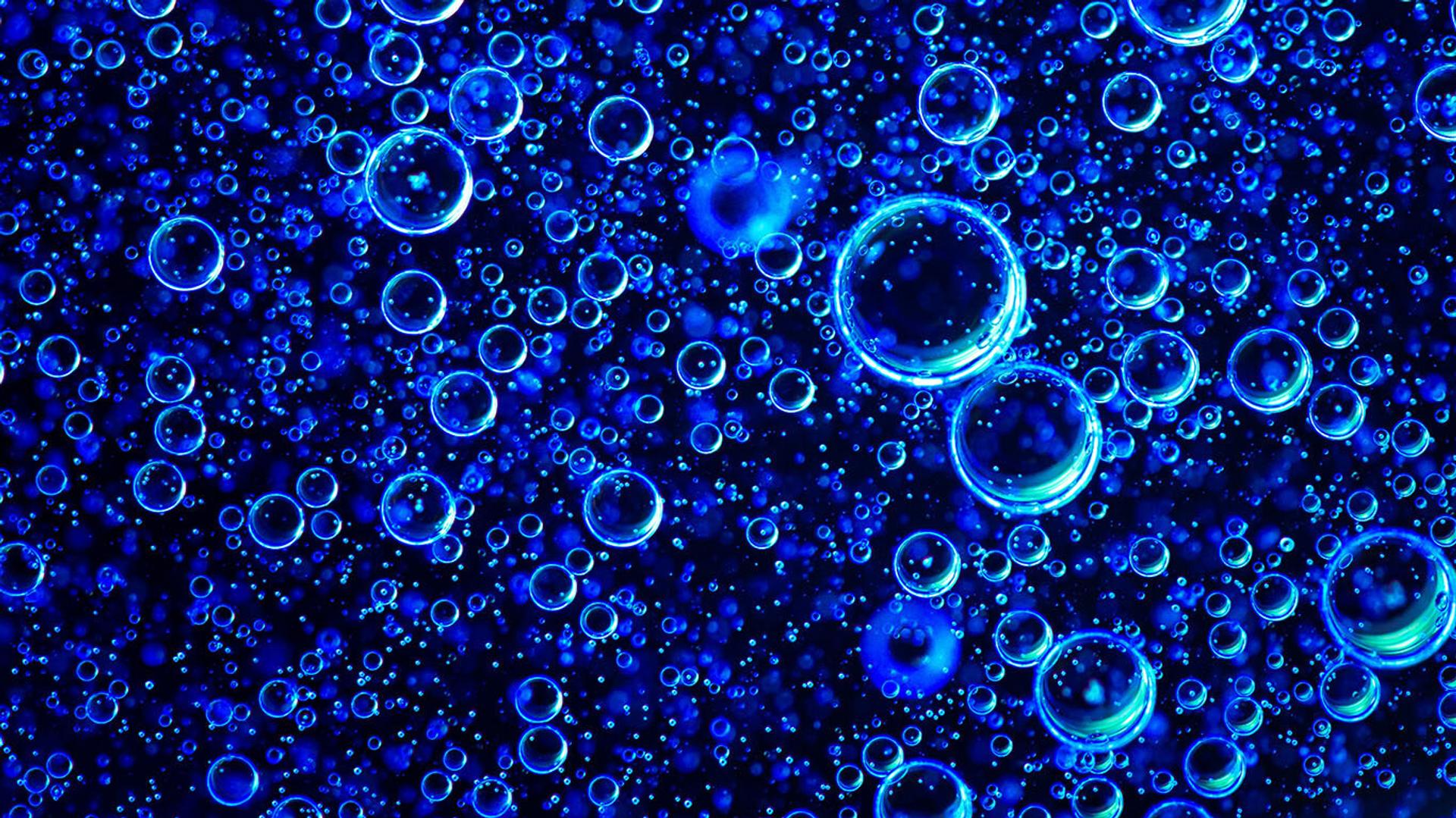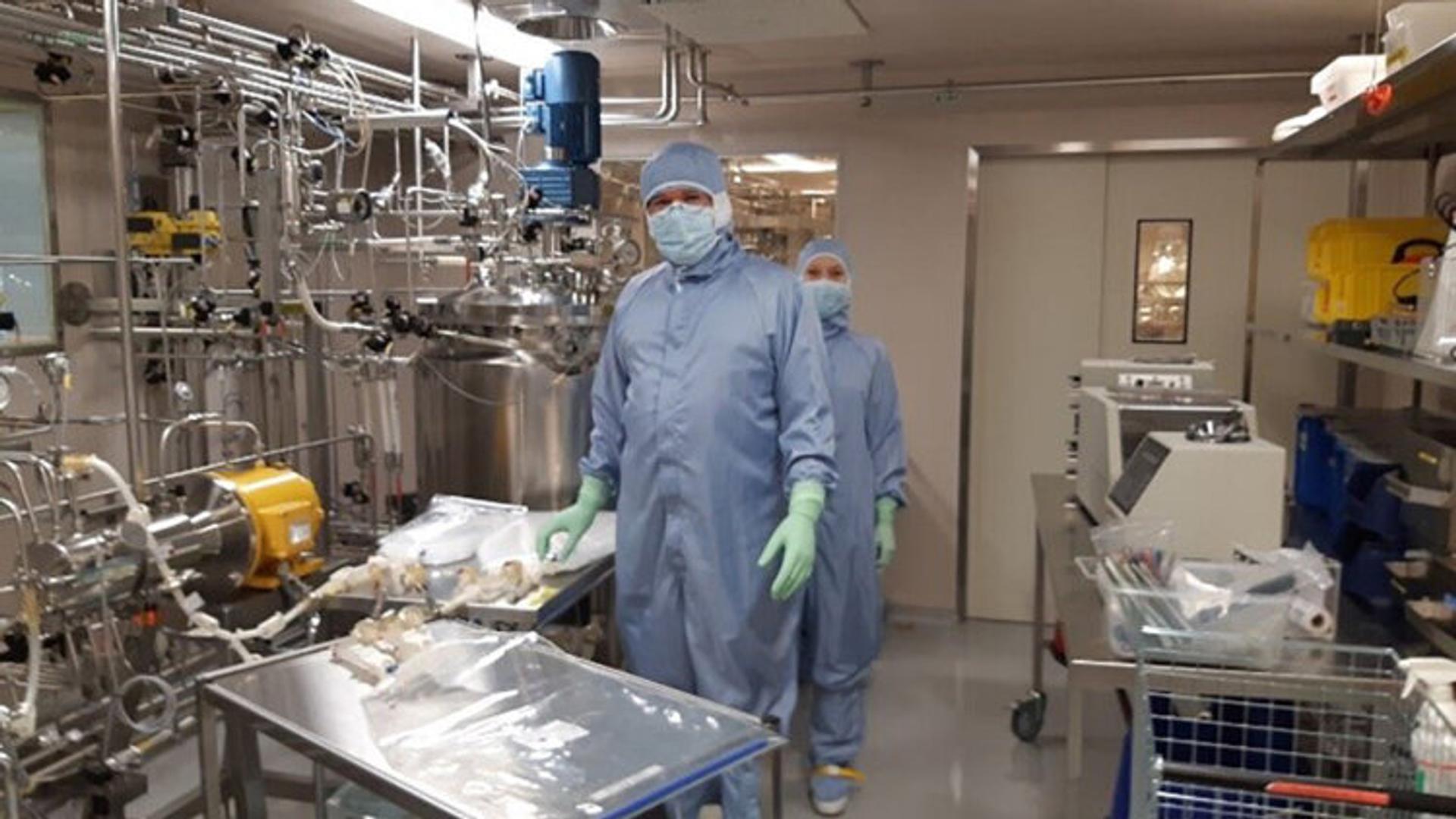Putting microbubbles to work in medical ultrasound imaging

These tiny gas bubbles have a spatial dimension smaller than red blood cells and possess acoustic properties which enable them to oscillate and produce strong reflected ultrasound signals. Injecting a patient with these microbubbles before their ultrasound scan produces highly enhanced images of organs and blood vessels.
First-generation microbubbles: a contrast agent’s growing pains
In 1984 the first stable and FDA-approved encapsulated microbubble that could be used to image the whole heart was produced. It consisted of air-filled microspheres suspended in a 5 per cent human serum albumin solution. These microspheres were invented by Professor Steven B Feinstein, a cardiologist from Chicago. Smaller in size than red blood cells, the microspheres could cross the pulmonary capillary network [1].
Feinstein’s concept was to use them as contrast agents in combination with an ultrasound scan to create images of a beating heart, enabling doctors to better assess heart function. With cardiovascular disease as the leading cause of death in the US at the time, cardiovascular imaging was an obvious application for this groundbreaking imaging modality [2].
Feinstein sold his idea to a small California biotech company, Molecular Biosystems Inc., who teamed up with the Norwegian pharmaceutical company Nycomed in 1988. Nycomed led the effort to develop Feinstein’s product, called Infoson in Europe and Albunex in the US. A full-scale GMP production facility was built in Oslo and the product was developed for diagnosis of heart disease. However, the product was not a commercial success due to short-lived contrast in patients and it was discontinued shortly after approval.
Svein Kvåle, Nycomed’s lead expert on the production of ultrasound contrast agents at the time, recalls:
“The underlying explanation was a simple one: these patients have low oxygen content in their blood due to their pre-existing heart conditions. So when air-filled microspheres were injected into these patients, they simply absorbed all oxygen out of the product and the product broke down in the patients shortly after injection, so the contrast window was very short.”

Second-generation microbubbles: creativity meets science
By the late 1990s it was clear that the microbubbles were unstable in a clinical setting. Jonny Østensen, former medical advisor at Nycomed Imaging and VP of biology at GE Healthcare, explains how the second generation of microbubbles were designed to improve upon their predecessors.

“We worked on two new ideas: the first was to add a thin shell to the bubble, like a football filled with air. This prevented the gas filling from dissolving into the blood, but the problem was that the shell tended to absorb too much energy from the ultrasound waves. The other idea was to stabilise the bubbles with perfluorocarbon gas rather than air, as these inert high molecular weight gases took longer to escape the protective film.”
In 1998 the second-generation ultrasound contrast agent Optison was launched. It was a reformulated version of Albunex where air had been replaced by an inert gas. It was a resounding clinical success, and Østensen points out an important lesson for young innovators:
“The idea to add an inert high molecular weight gas to the bubbles was outside the sphere of most pharmacologists’ imaginations and required pulling together concepts and information from the different fields of science: physics, biology, physiology and chemistry. This ability to maintain a wide scope of creativity is an important skill for scientific innovation.”
Rocky road to commercial viability
Despite Optison’s success, the road to commercial viability still loomed far ahead. Molecular Biosystems moved its manufacturing activities from California to St Louis, Missouri, and that is where the problems started.
“Unfortunately,” recalls Kvåle, “they lost many of their best scientists when they moved production to St Louis; few wanted to relocate from sunny California to the Midwest. I travelled to the US several times, tasked with solving problems in the new production line. The nature of these problems varied from the highly technical to the absurd – the noise from the factory’s fluorescent lights even caused issues with the analytical equipment.”
“We quickly realised that an inherent design flaw in the production line meant that approximately 30 per cent of the batches would never meet quality specification. The financial loss was so significant that the supply agreement was terminated.”
“I was disappointed by this decision,” says Kvåle, “as I had dedicated much time and effort to this project. I had a clear understanding of why it had failed and how to solve these design flaws, so I approached the product director and boldly claimed, ‘GE can produce Optison in Norway and will even improve profit margins on the product.’ To my surprise, the product director listened to me.”
GE Healthcare then built a multimillion dollar state-of-the-art manufacturing facility in Oslo to produce Optison, which received FDA approval in 2013.

Bringing manufacturing home to Norway
Setting up production in Norway was not the obvious choice due to higher labour costs. However, the contrast agent was very complex to manufacture and required a specific skill set, which the team in Oslo had.
Thanks to Kvåle’s good logistics management, production was scaled up and the cost-per-vial was driven down, increasing profitability. Since the re-release of Optison in 2013, not a single batch has not met FDA specification. It is now used at more than 800 medical sites throughout the US and has a well-established safety profile. It is a true credit to the Norwegian pharmaceuticals manufacturing workforce.
Today the contrast-enhanced ultrasound (CEUS) market is valued at USD 0.35 billion and is the fastest growing imaging modality, with market value estimated to double by 2025.
Kvåle still considers Norway a frontrunner in the medical ultrasound landscape. Østensen agrees:
“When it comes to production of ultrasound contrast agent technology, I think it’s fair to say Norway is still the international lead. It is extraordinarily difficult to produce these agents. Initially when we tried to produce them, we thought it was an impossible task – stabilising gas bubbles is against the laws of physics!”
Spotlight on Norwegian ultrasound industry
This article was written by Leah Anderson on behalf of EXACT-Therapeutics AS, Innovation Norway, Norway Health Tech, Investinor AS and the Centre for Innovative Ultrasound Solutions (CIUS). The article is part of the series “The global reach of Norwegian ultrasound innovation”, which focuses on how Norwegian ultrasound innovation is impacting medicine globally.
